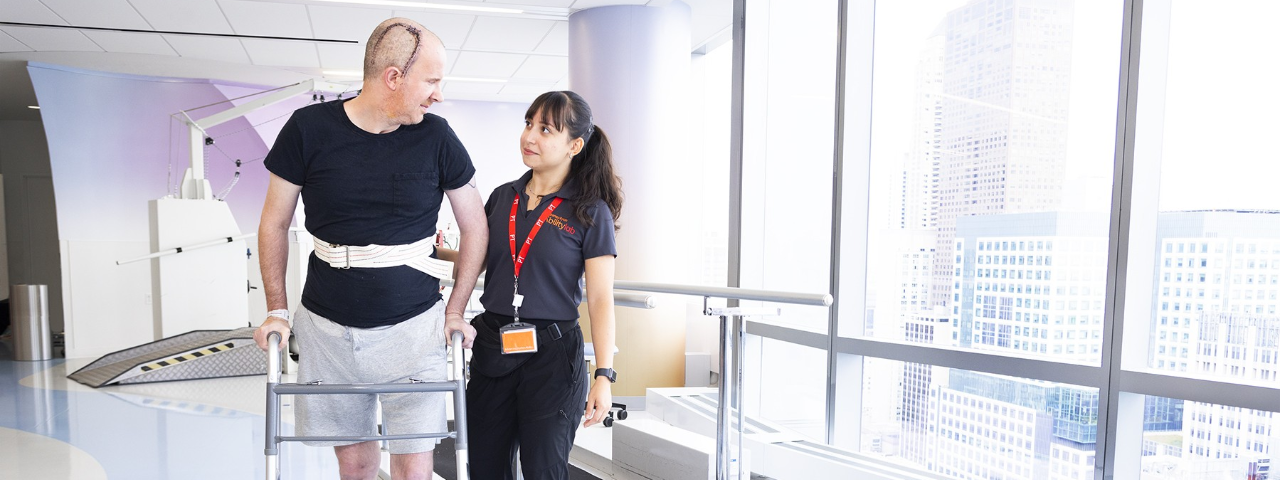Body
Maria Reese, MD, still remembers landing in a Tennessee emergency department with a knee injury as a young dancer. The prognosis was grim: she would never dance again. Reese recently recalled “being devastated and thinking I'll prove that to be wrong, I'll get back to dancing.” And she did.
But she also remembers thinking that an athlete wouldn’t have been written off so easily, with a career-ending prognosis before treatment or rehabilitation. She came to the stark realization that “sometimes people don't necessarily understand what performing artists do, how much it's a part of who they are, and the pull towards that passion.”
Reese has that understanding. Her medical career is devoted to helping performing artists pursue their passion without pain. To develop her skills as a performing arts physician, Reese completed a physical medicine and rehabilitation residency and a sports medicine fellowship at the Rehabilitation Institute of Chicago, now known as the Shirley Ryan AbilityLab. Five years ago, she became director of the AbilityLab’s Performing Arts Medicine Program, where she works with a team of physicians, therapists, and trainees that treats professional and amateur instrumentalists, actors, and dancers from around the country.
Since Reese took over, one of the program’s goals has been outreach. “[T]here's this large cohort of adolescents, young adults, and older adults who are not perhaps cared for in the most ideal manner,” she said. Referring physicians generally don’t make the connection between performing artists’ musculoskeletal problems and sports medicine clinicians’ musculoskeletal expertise. Many artists simply aren’t referred for appropriately specialized care at a performing arts medicine clinic or even a sports medicine clinic.
Mentioned Profile

Maria Reese, MD
Attending Physician Medical Director, Performing Arts Medicine ProgramBody
By the time they come to Reese’s clinic, a lot of patients have seen multiple physicians, perhaps primary care physicians, orthopedists, neurologists, or physical therapists who’ve given well-meaning but ultimately useless advice. “Many [artists] have been told, oh, just stop playing, just rest. Well, that doesn’t really work because, A, they can’t just rest sometimes and, B, rest is not the solution for a chronic issue [because] of course, once they go back, [the pain] resumes.”
Her days begin early, getting her 3-year-old ready before the nanny arrives at 6:45 am. Year-round, her commute is a bike ride through Chicago in every kind of weather. She spends about half her time at the AbilityLab and half in the orthopedic department at Northwestern, where she’s an assistant professor. Most days are spent in outpatient clinics, where about a third of her patients are performing artists.
Instrumentalists often present with chronic overuse symptoms—a violinist with numbness in her bow arm or an oboe player with jaw pain, for example. Others may have had an injury or illness such as stroke that affected their performing ability.
When undergoing stroke rehabilitation, for example, the focus is often not ‘how’s your playing coming?’ but rather ‘how’s your walking and everyday activities?’ explained Reese, who instead works with musicians to recover their instrumental skills.
Read the full story at JAMA Network.

